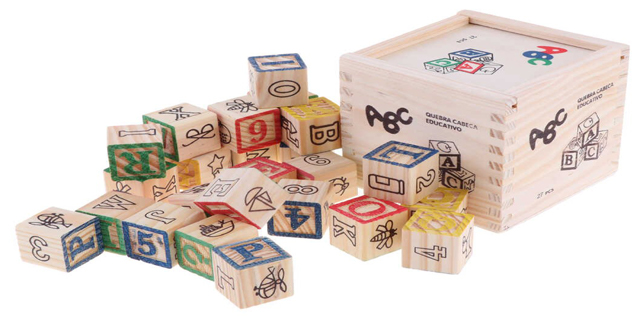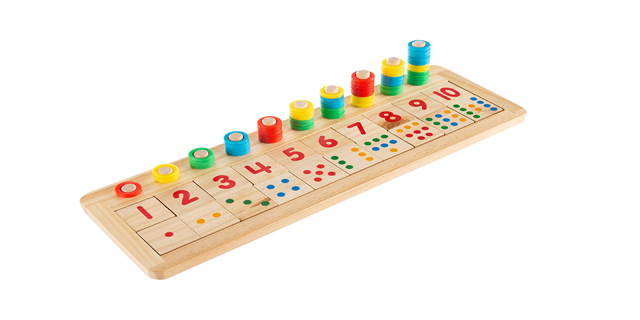How to Apply Montessori At Home
Supporting children’s education is very important to be a good parent and caretaker. A child-centered educational approach, Montessori, can be considered as one of the best approaches to follow. With some research and choosing the necessary teaching aids, it is not difficult to adapt to it. How to apply Montessori at home is a widely asked question by parents who want to support their children’s education is a different perspective.
To apply Montessori at home; first, you need to do your research and determine how you should approach your child. This approach is mostly based on interaction with natural materials. Thus, you need to pick the right teaching aids, i.e., Montessori toys.
Finally, you need to learn to let your children develop their skills while just facilitating the process. Learn to be a facilitator, not the one and only source of knowledge for your children. But how?
Can you Homeschool Montessori?
Montessori education is a practical teaching method. It encourages children to play and learn while interacting with natural materials. It has well-developed classrooms guided by highly-trained teachers. When you enter a Montessori classroom, you can observe the environment and immediately notice the difference.
This teaching method can be applied at home. You can use Montessori toys and a perspective different from traditional approaches. Objectives of starting Montessori approach at home can be homeschooling, online education or supporting your children’s education.
How do I start Montessori Homeschooling?
For starters, educate yourself before you educate your children. As a parent, you need to be more than familiar with Montessori philosophy. Also, you need to internalize it before trying to reflect it to your children. There are countless curricula, blogs, experiences you can look up on the internet. You can read books and discuss with parents who already adapted to Montessori approach.
Another tip for learning about Montessori better is to see the classrooms yourself. Many Montessori schools organize tours for parents who want to discover this philosophy. You can also ask Montessori teachers for tips and tricks. No one knows the real experience better than them.
Is Montessori at Home the Best Fit for My Family?
Once you gathered enough information and learnt about the philosophy, ask yourself some questions. You can write them down and try to find answers for each. You need to define your teaching objectives at home.
What skills you need your child to develop? Why do you want to adapt Montessori approach? What pros and cons Montessori approach has specific for your family? What is your children’s learning style and is Montessori education parallel with them?
You can add more and more questions to the list. You need to determine your resources, knowledge, time and sometimes even your patience with your child and answer those questions. This process requires a lot of thought, but it is absolutely necessary.
Did you make a decision? Are you ready to practice Montessori education? Perfect! Let’s move on.
What are the five areas of Montessori?

Montessori education is based on the interaction between the child ant the surroundings. Thus, applying Montessori education is directly related to the space you created for your children. The five areas of Montessori will be the main spaces. Your children will interact with various Montessori and teaching aids you provided.
You are familiar with Montessori philosophy. Thus, you already know that your children need to interact with natural materials. While decorating the five areas of Montessori, your best friends are wooden Montessori toys, a.k.a., wooden Montessori teaching aids. Plastics will be out of your children’s lives forever.
The Montessori teaching aids you provide in these areas need to be attractive and enjoyable for your children. They need to keep your children engaged and learn while playing with them. They also need to be developing your children in more than one way.
LANGUAGE AREA
In the Language area, your children will learn about letters, sounds, phonetics and the Alphabet. You can place posters with letters on the walls for your children to be familiar with them. You can write your child’s name and hang it on the language area.
The wooden puzzle blocks with letters are great toys to place in this area. While playing with blocks, children can familiarize themselves with the letters and build things. They will love to play with wooden building blocks while learning ABCs. With the letters, you can build various words, and sentences for later stages.
SENSORIAL AREA
Sensorial area is for your child to experience and interact by using their five senses. The teaching aids here need to be smelled, touches, seen, heard and tasted by your child. Children can develop their motor skills and distinguishing abilities in this area.
You can choose wooden toys with various shapes and colors. For example, bumpy ball toys with various natural fabrics or thermal tablets for your children to learn differentiating and sensing. The Montessori teaching aids placed in this area need to be carefully chosen and you need to watch your child while using them.
MATH AREA

The area where your child will learn the basics of mathematics; numbers, four operations, orders of numbers and counting is here. In math area, you children need to interact with wooden math toys, intelligence games and various Montessori math toys. For example, Montessori math sticks can be a good choice for a preschooler to learn about numbers, differentiate and order them by their size.
Counting sticks, building blocks with numbers and stacking toys can also be nice options to aid your children develop their skills. Children will be attracted to shapes and colors of these wooden toys and interact with them easily if you make a good choice.
CULTURAL STUDIES AREA
In cultural studies area, you children will develop their understanding of the outer world. History, geology, zoology, botanic, science and music can be basically counted as subjects related to the cultural studies area. You can place various kinds of maps on the walls, place children’s books about history or science and have wooden instruments for children.
Wooden blocks with animals can be a good option. You can introduce posters, coloring books, blank papers and crayons, various genres of music and dances and support your children to express themselves using what they have acquired from the teaching aids. Children will develop social, emotional and cognitive skills at the same time.
PRACTICAL LIFE AREA
Practical area will teach your children how to do basic everyday tasks in life and manners. Tying their shoes, sharpening their pencils, cleaning up their own space, interaction with other people, how to behave in a social environment are all examples of teaching objectives. The main goal is to support children to be independent individuals.
For the basic tasks, any material at home and any everyday task can be used. You need to go step by step and determine what tasks your children can do according to their developmental level. For manners, you can have toy serveware sets, a table and chairs for children and guide them through the table manners. Try to imitate the real-life experiences and role-play with them.
Montessori education aims to help the growth of children in a children-centered way. You need to observe the needs, attention and interactions of your children. Later, you should determine the activities. Raising independent individuals who can interact with their surroundings and socialize is difficult and needs devotion. Yet, it is as awarding as it is difficult and time-consuming.
